Floss things get a lot of rep for working well, but looking bad, sure we appreciate function, but here's some floss games that feel AND look good. These games are optimized for mobile, often polished to a tee, AND have the looks.
All links are for F-Droid
Tell me any more open source Android games you think look Amazing (on F-Droid or not).
Key:
EXGL - extremely good looking
My favorite's:
• Super Retro Mega Wars - play retro games like Tetris, Snake, Atari breakout and space invaders, in style! EXGL
• TriPeaks - beautiful pixel art tri-peaks solitaire. EXGL
• Lato - more of a demo than a polished game, but still very fun to ski from peak to peak, and its gobsmackingly beautiful (heavily inspired by Alto's Adventure). EXGL
• Xeonjia - slide around on ice in this polished pixel art RPG
• Fruity Game - perhaps not conventional beauty, but as you merge fruit you will realise it is art of the finest order
• Libre Memory - a gorgeous app to play memory, with a creative "very hard" mode, bringing a whole new level to classic memory
• gauguin -a unique sudoku like game that's a lot of fun
• Flowit! - a puzzle game with fantastic level design
• Ricochlime - ricochet through your enemies defences
• Antimine
- fancy customizable minesweeper.
Other games which are also fun but aren't (imo) as polished and/or good looking as the ones above, or just aren't for me:
• Feudal Tactics - a fun strategy game, its pretty great, except it looks really bad (though the MS paint like looks do carry some charm)
• Vector Pinball -very fun pinball with great sound design
• Ball2Box - put the ball In the box
• RuamBaller - fun pixel art galaxian like game (bit to easy though)
• SUD🩷KU
• LibreSudoku
• Mindustry - looks great, though I haven't played it much, so that's why its here (may be moved to my favourites soon)
• BlastOff - guide your rocket to space through debris
• Astroids revenge - I nearly deleted this game because the default android controls suck, until realising better controls are hidden in settings, why.
• 2050 - 2048 but circles, fun and creative take on 2048 but the visuals are a bit lacking
• pixel wheels - looks are great but the controls are pretty bad (imo).
• unciv - civilisation building game, I haven't played this yet but once again it looks fun
Honorable mentions:
• GLXY - simple and quite elegant space gravity simulator (I love it but it's probably not what people reading this list want)
Hope you found a game you like!
Edit: added unciv and feudal tactics
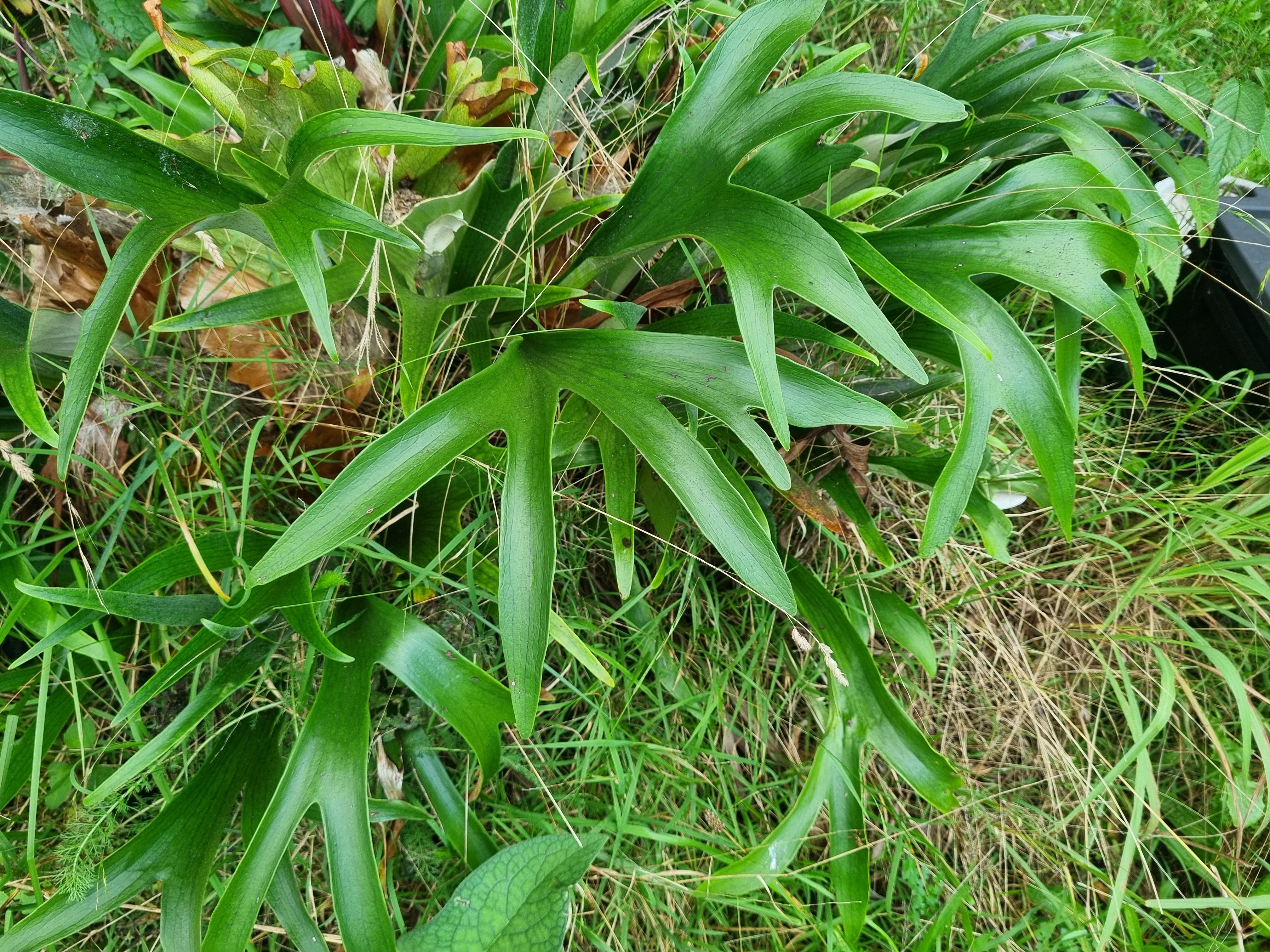





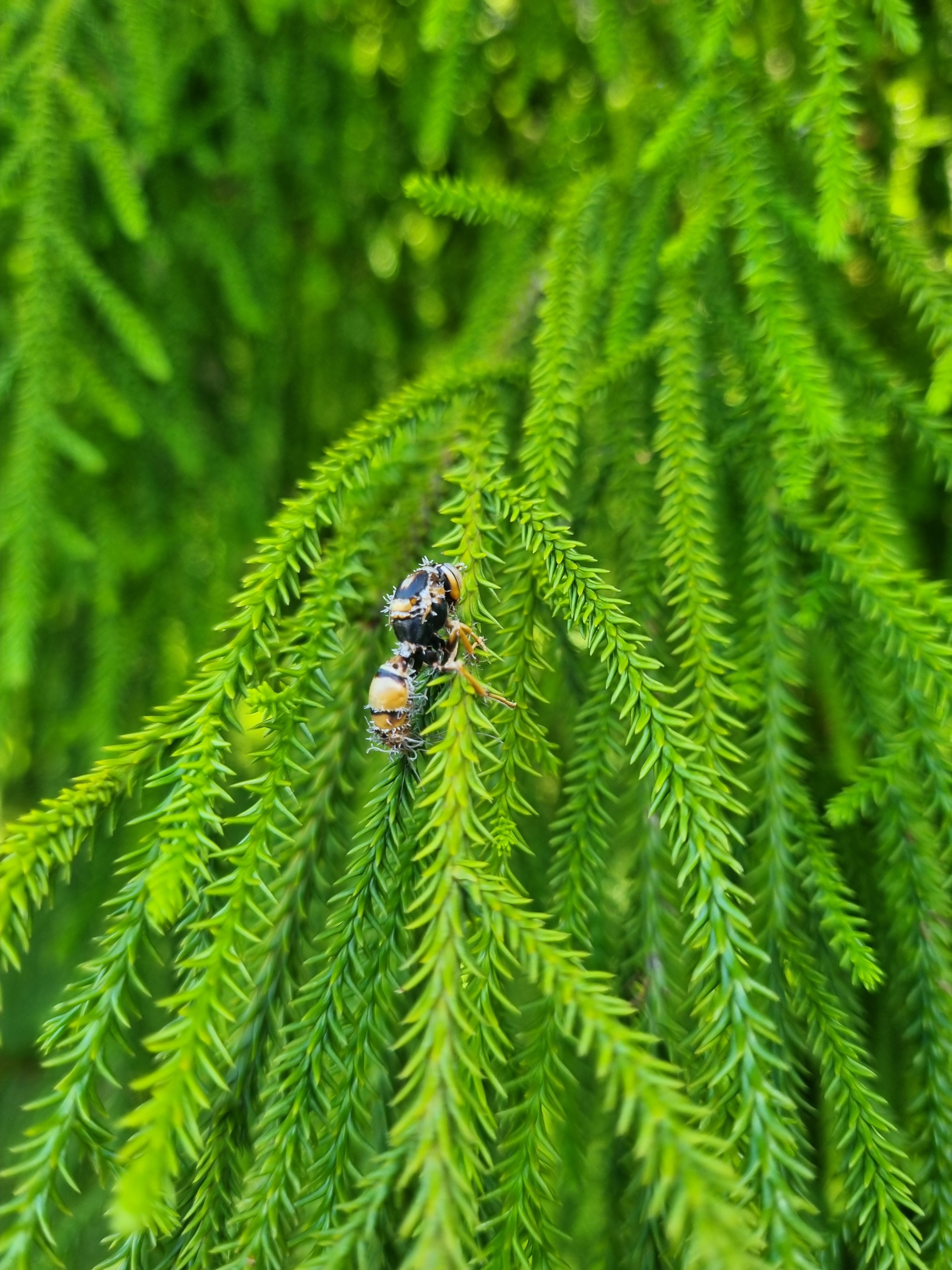

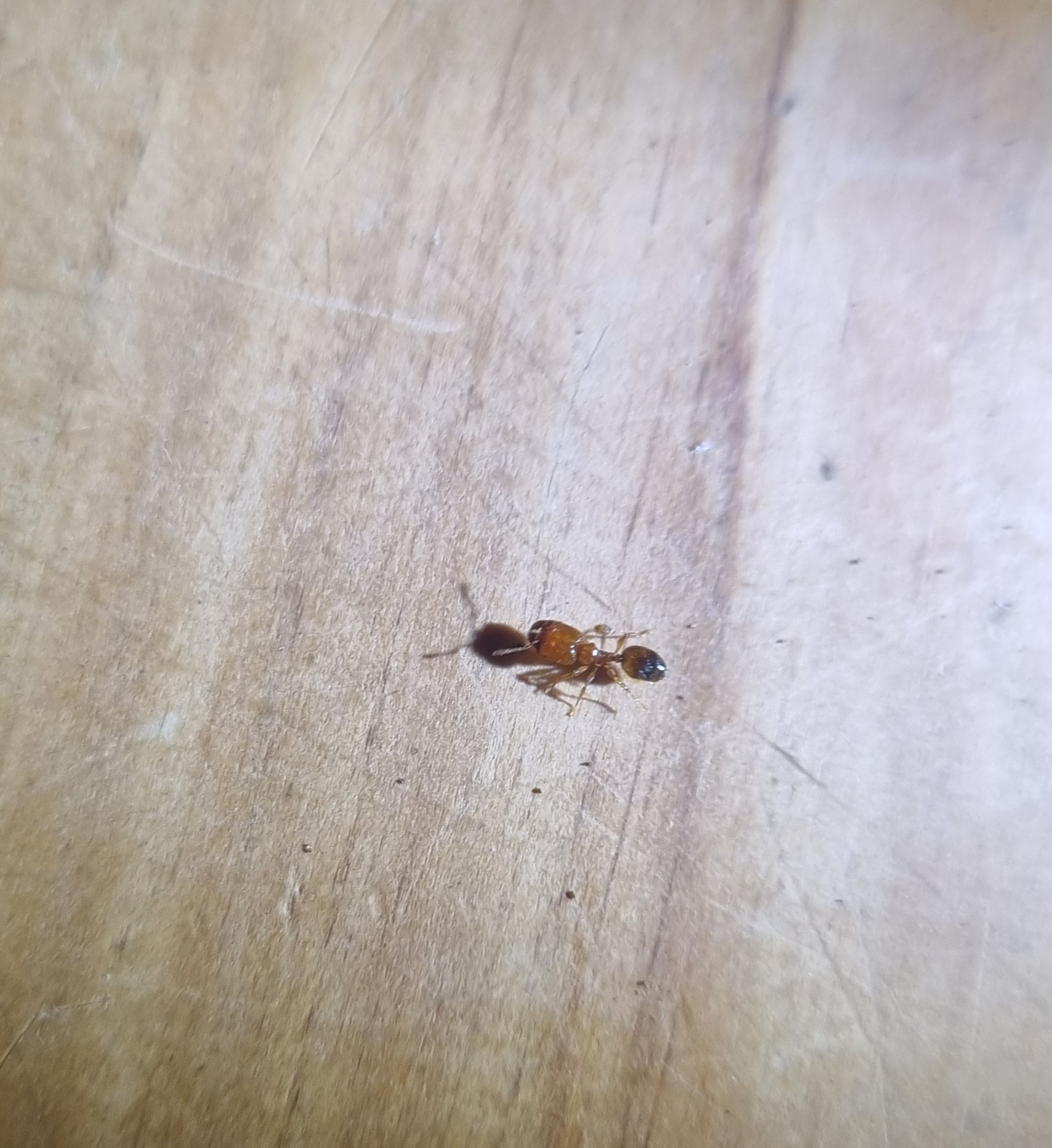
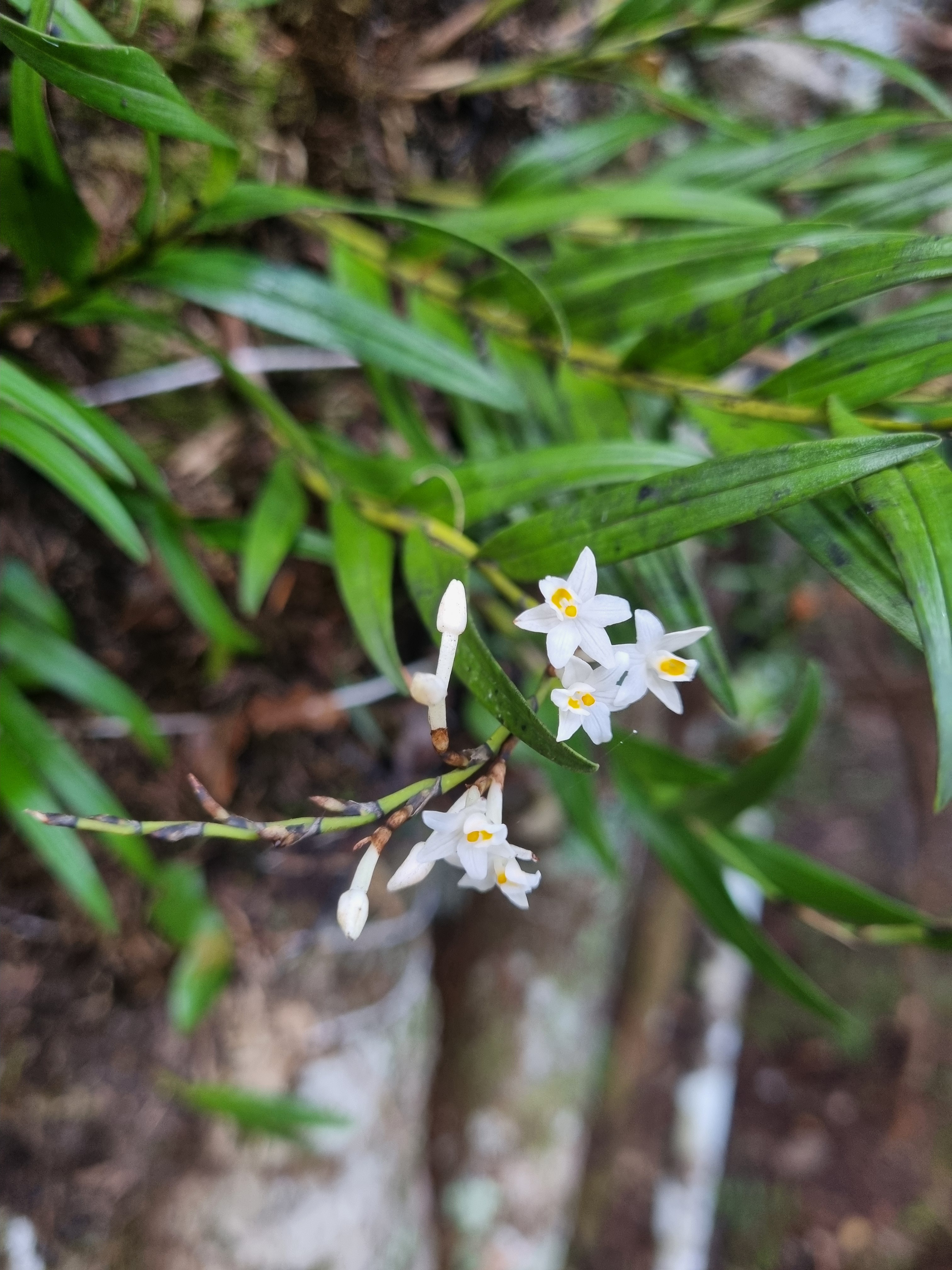

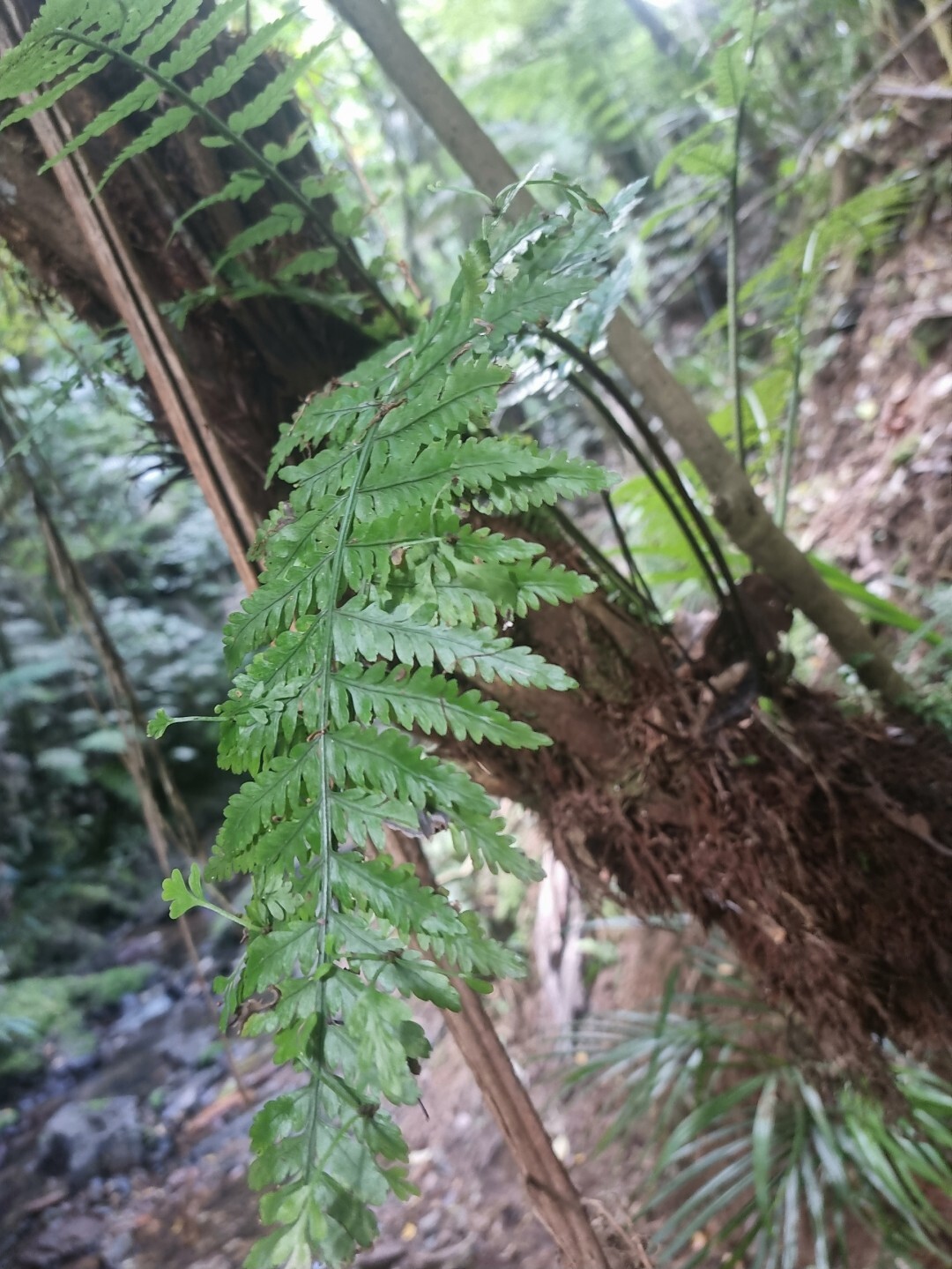
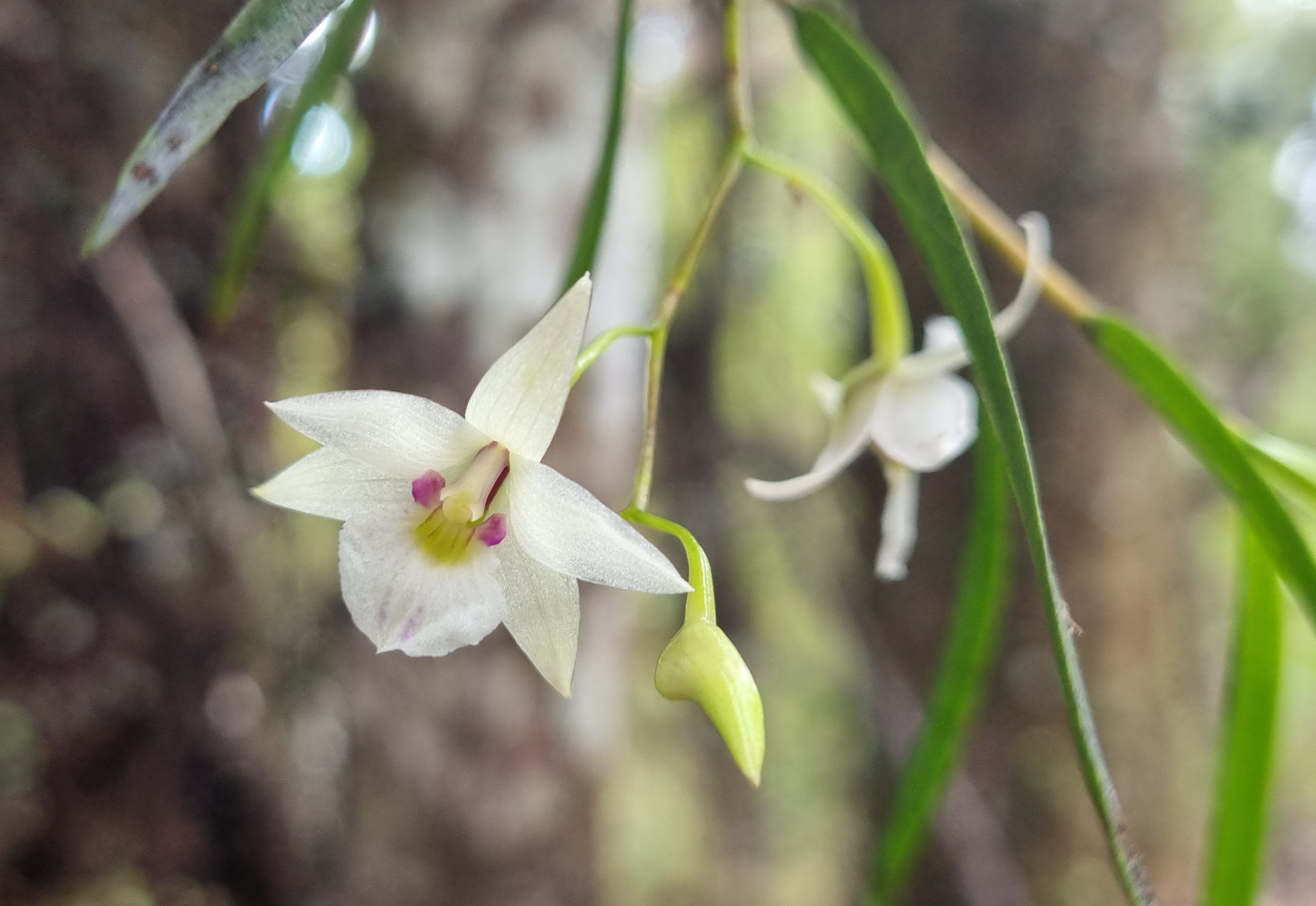
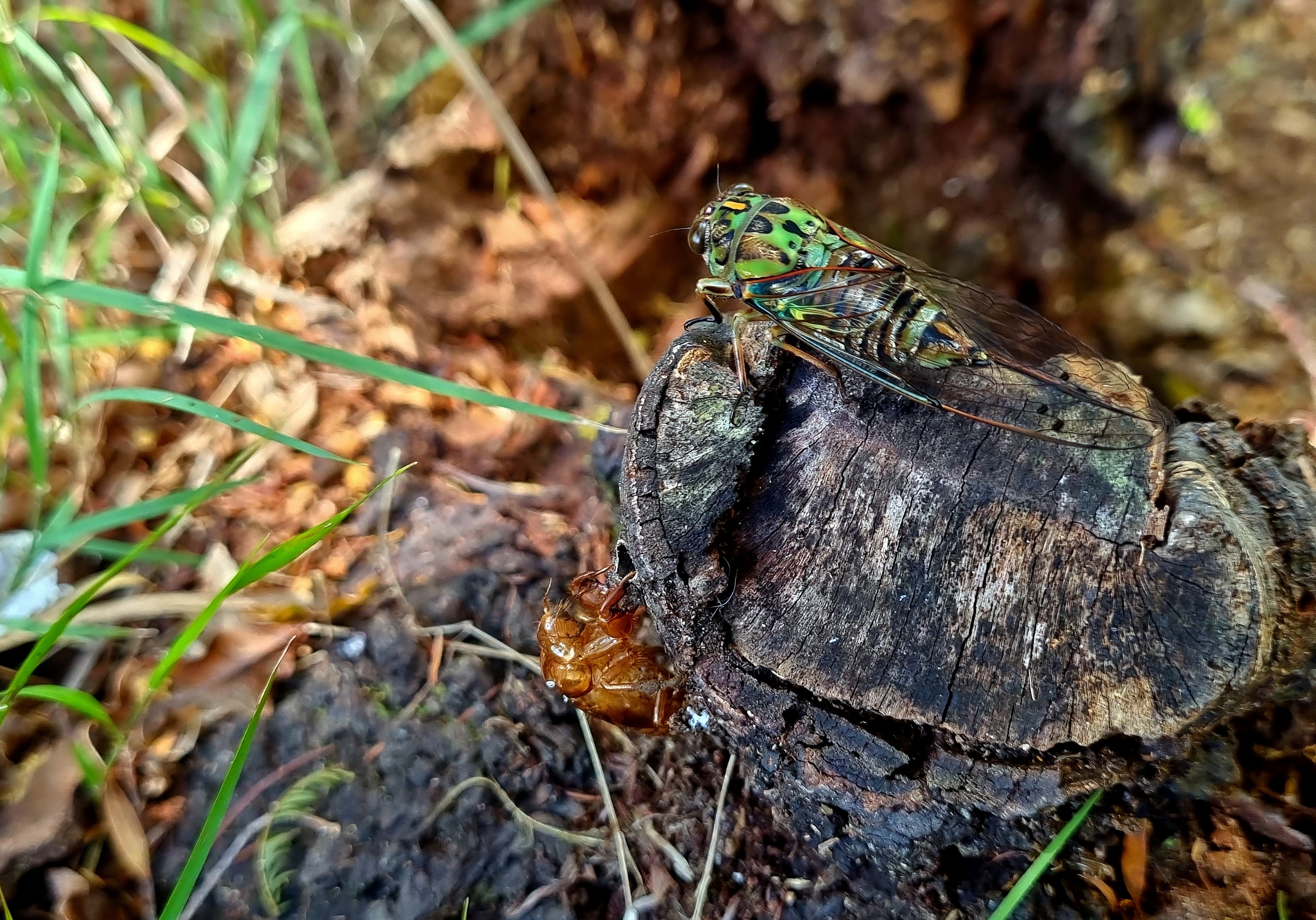
Cut off the flower stalks but don't chuck them. They are your best hope. There appears to be a little keiki (orchid plantlet) on one of the stalks and you should try and get it to grow roots as it is your best hope for the orchid to live.